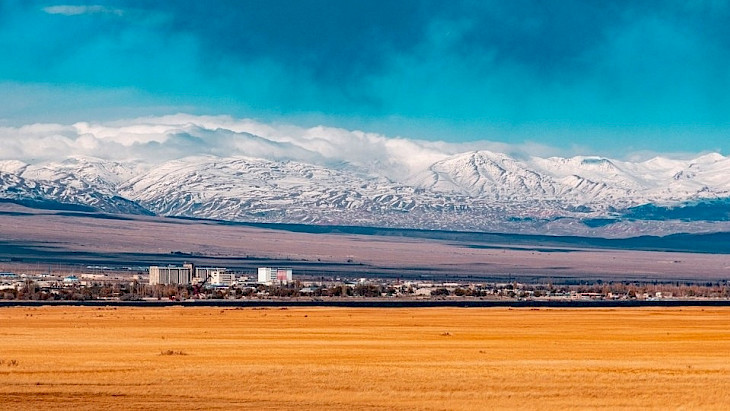Climate change is significantly impacting Kyrgyzstan, leading to rising average annual temperatures, worsening water resource shortages, and increased risks of natural disasters.
According to the new Environmental Change Atlas, published on March 26, 2025, by the United Nations Environment Programme (UNEP), temperatures in Kyrgyzstan are rising twice as fast as the global average, reports Eurasiatoday.ru.
Between 1960 and 2023, Kyrgyzstan’s average annual temperature increased by 1.2°C, compared to the global average rise of 0.6°C.
This indicates that climate changes in the country are occurring with heightened intensity, potentially leading to serious environmental and socio-economic consequences.
Rising temperatures have a direct impact on the country’s water resources. Glacier melt and changing precipitation patterns are reducing fresh water reserves.
Up to 93% of Kyrgyzstan’s electricity is generated by hydropower plants, and declining water resources threaten the country’s energy security.
By 2050, water inflow into Toktogul Reservoir, the country’s key hydropower facility, is expected to decrease by 18.8%, inevitably reducing electricity production.
Kyrgyzstan registers around 200 emergencies annually, with 90% linked to floods, earthquakes, landslides, rockfalls, and avalanches.
Rising temperatures and changing precipitation patterns may further intensify these processes, increasing threats to both people and infrastructure.
Despite the challenges posed by climate change, Kyrgyzstan has made significant progress in environmental conservation.
- Since 2000, the country’s forest cover has increased from 6.2% to 6.9%, thanks to active reforestation efforts.
- Protected areas have expanded from 0.5 million hectares in 2000 to 1.5 million hectares in 2023.
- By 2040, Kyrgyzstan plans to increase protected areas to 10% of the country's total territory, ensuring the protection of 60-65% of species listed in the IUCN Red List.
Kyrgyzstan faces serious consequences from climate change, including accelerated temperature rise, water shortages, and heightened risks of natural disasters.
However, ongoing environmental protection efforts and the expansion of protected territories highlight the country’s commitment to sustainable development and adapting to new climate conditions.
CentralasianLIGHT.org
March 28, 2025

